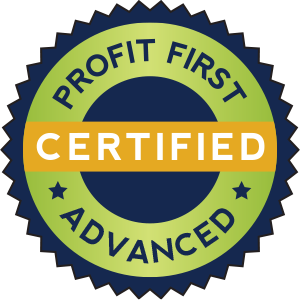A Balance Sheet shows us:
Stuff you Own: Assets
What you Owe: Liabilities
This crudely shows us the financial position of a business at a particular moment in time.
If your Liabilities are more than your Assets you are Insolvent. This is not necessarily a disaster. It might be that most of your liabilities are loans that aren’t due for many years.
If your Assets exceed your Liabilities you are solvent. However, this doesn’t necessarily mean that everything is rosy. For example, your business might owe money to someone but not be able to pay. It takes cash to pay bills, not owning lots of assets. This is why it’s often said that “Cash is King”.
This means we need to know a little more about our assets and liabilities:
How easy it is to turn your assets into cash (Liquidity)
When are your liabilities due to be paid
What are Assets?
These are the things your business owns, such as cash and tools.
There are several different types of asset. Here are some of them:
Fixed Assets
These are things of value owned by the company that are expected to last several years.
The value of these items are reduced over their expected life (Depreciation or Amortisation).
Fixed Assets tend to be split between physical items such as cars, computers and machinery: Tangible Assets
And those that are non-physical such as patents, licenses, and goodwill: Intangible Assets
Current Assets
These are the things your business owes where you’d expect to see some cash benefit within the next year. This includes:
Stock: items to sell, raw materials as well as partially assembled items
Cash: in a bank, cashbooks, or even being transferred between accounts (cash in transit)
Trade Debtors: invoices you have issued but are still to be paid. I’ve written more about this here.
What are Liabilities?
Liabilities are what your business owes others.
The main question is when do they become due. There is a big difference between an invoice that needs to be paid this week and a loan that isn’t to be paid off for a few years.
In the balance sheet, we tend to split the liabilities between:
Those due within a year: Current Liabilities
And those due after a year: Long-Term Liabilities
Why’s it called a Balance Sheet?
The Assets and Liabilities make up one part of the Balance Sheet. The difference between the two (what you owe and what you own) gives the Net Assets of the company.
This should be the same as the company’s Equity. Making the balance sheet, balance!
The Equity is the value of the business owned by the shareholders.
It is made up of:
Capital: funds introduced by the shareholders to buy the shares in the first place.
Reserves: increase in the value of these shares. Effectively the total profit.
OK, there is a fair bit more to it than this. There are different types of reserves and the type of organisation comes into play. But, that’s a topic for another day.
Why does it Balance?
At the core of almost any accounting system is double-entry bookkeeping.
While outside the scope of this blog, the general gist is that every “in” has a matching “out”.
For example, if you make a sale, you increase the profit (reserves).
You’ll also raise an invoice, which is due to be paid by the customer, increasing the Trade Debtors
This means that the increase in both the Trade Debtors and the Reserves keep things balanced.
The beauty of this is that if ever things don’t balance, you know there’s a mistake.
What else to you want to know?
I wrote this in response to someone having trouble finding a simple explanation of what a Balance Sheet is. I hope it helps!
Is there anything that’s puzzling you? Let me know as I’m happy to take requests…




